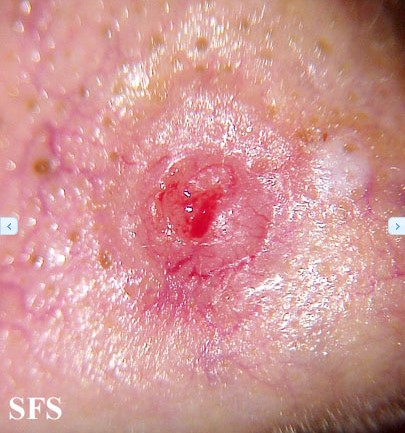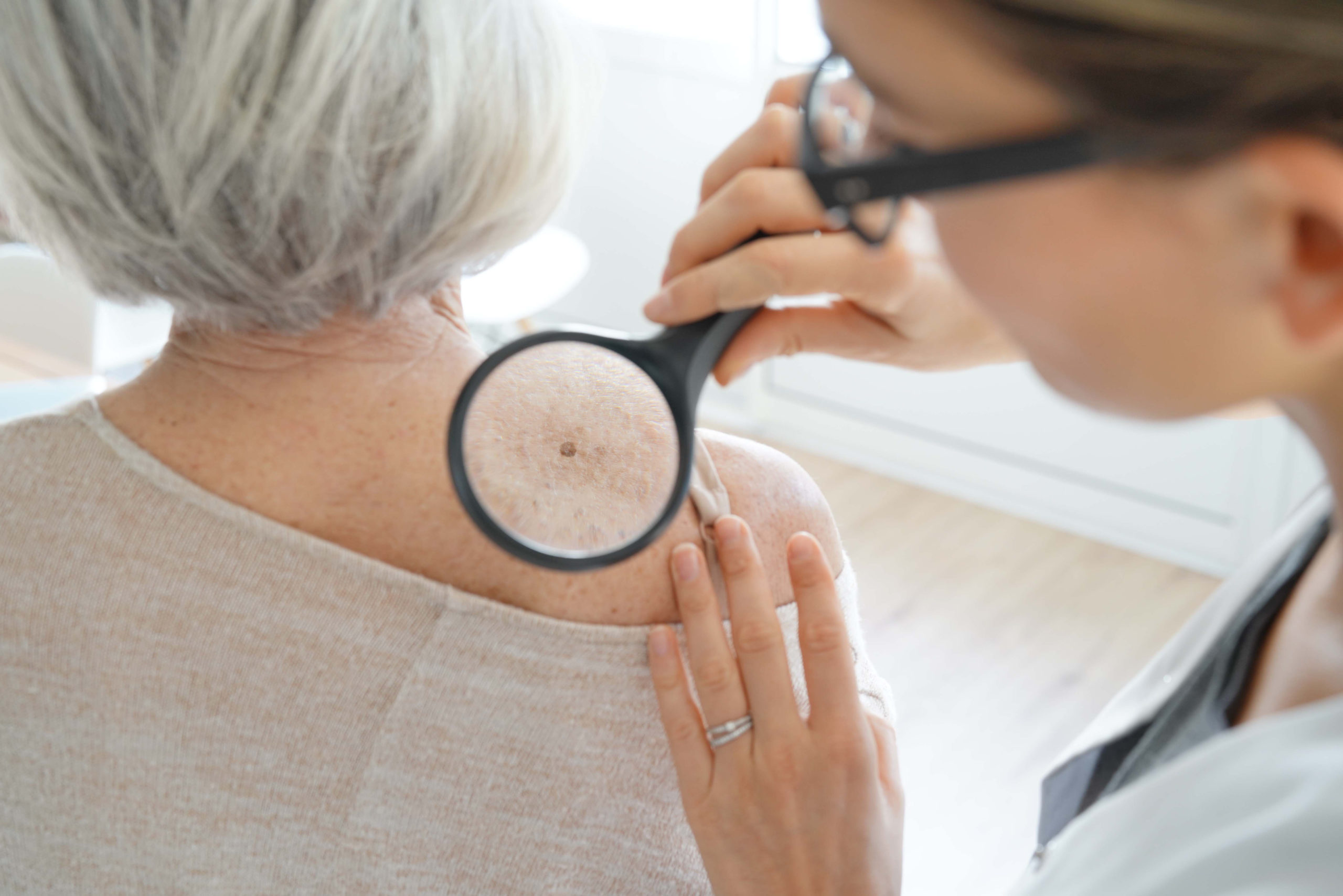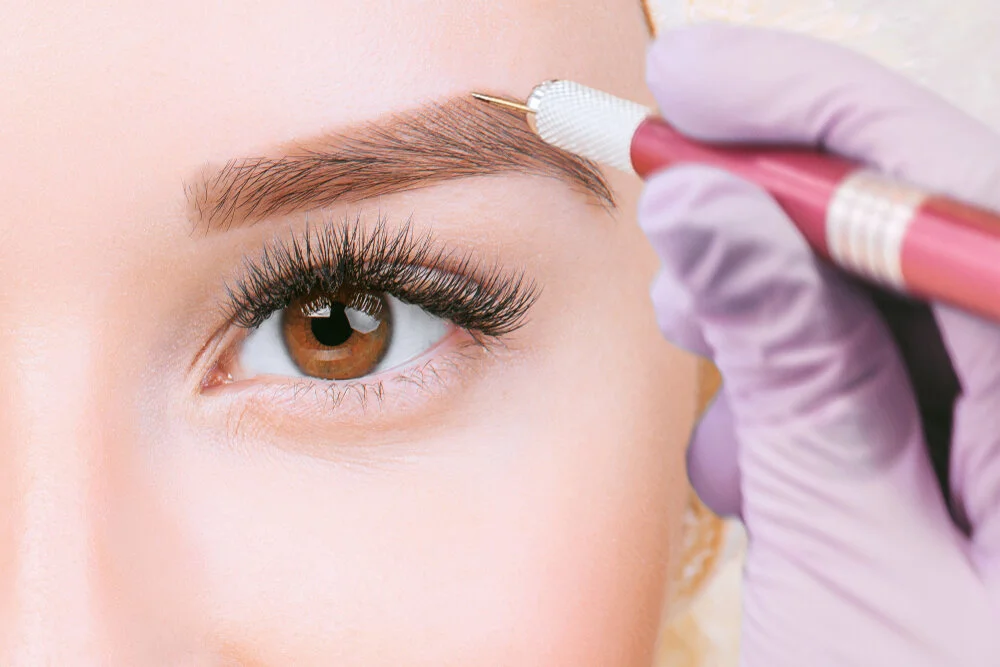
Rosacea and warts are two distinct skin conditions that people sometimes discuss together. While they come from different sources and have separate characteristics, understanding each one helps in seeking the right care. Rosacea is a chronic inflammatory condition, and warts are skin growths caused by a virus. Here is more information about rosacea wart issues to provide clarity:
Conditions With Different Causes
Rosacea and warts originate from completely different sources. Rosacea is a long-term skin condition primarily affecting the face. It can cause persistent redness, flushing, visible blood vessels, and sometimes bumps or pimples. The exact cause of rosacea is not fully understood, but it is believed to involve a combination of genetic and environmental factors. Triggers like sunlight, stress, and certain foods may cause flare-ups. This condition is not contagious.
Warts are caused by the human papillomavirus (HPV). This virus infects the top layer of skin, usually through a small cut or scratch, leading to rapid cell growth. The result is a benign, rough-textured growth on the skin. There are many types of warts, including common warts, plantar warts, and flat warts, each appearing on different parts of the body. Unlike rosacea, warts are contagious and may spread through direct contact with a wart or something that touched it.
Skin Conditions Overlap
A person may have both rosacea wart issues simultaneously, as they are distinct conditions. The presence of both might complicate a visual self-diagnosis, leading someone to believe the issues are connected. A small wart on the face could be mistaken for a rosacea papule if you already have rosacea. A dermatologist is able to differentiate between the various bumps, lesions, and growths that appear on the skin. Proper diagnosis relies on a professional examination.
Issues are Treatable
Fortunately, effective treatments are available for both rosacea and warts. The approach for each condition is customized to its specific cause and symptoms. For rosacea, treatment aims to manage and control symptoms, thereby reducing flare-ups. Management plans may include:
- Topical medications: Creams and gels to reduce redness and inflammation.
- Oral antibiotics: Pills to control bacteria and reduce inflammation.
- Laser therapy: Light treatments to minimize visible blood vessels and redness.
Identifying and avoiding personal triggers is also a key part of managing rosacea. Wart treatment focuses on removing the wart and stimulating the immune system to fight the virus. Typical removal methods include over-the-counter preparations, cryotherapy, and prescription medications. A doctor might perform minor procedures to remove persistent warts. The chosen treatment depends on the wart’s location, type, and your overall health.
Treat Rosacea Wart Issues
Navigating skin concerns like rosacea and warts starts with accurate information. While these two conditions are unrelated in cause, their symptoms may sometimes appear together. Both rosacea and warts have distinct characteristics and require different management strategies. A proper diagnosis from a healthcare professional provides the foundation for an effective treatment plan, helping you manage your skin’s health. If you are experiencing symptoms of rosacea, warts, or any other skin concern, schedule an appointment with a board-certified dermatologist today.




